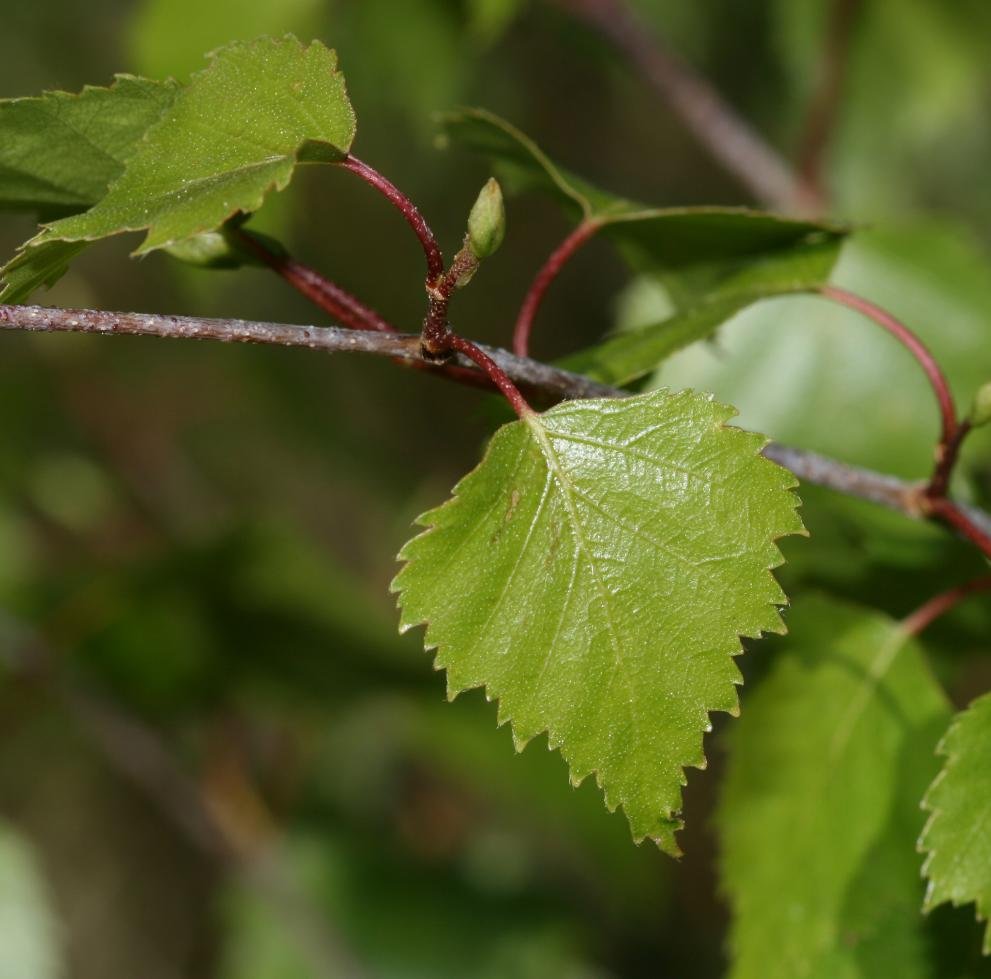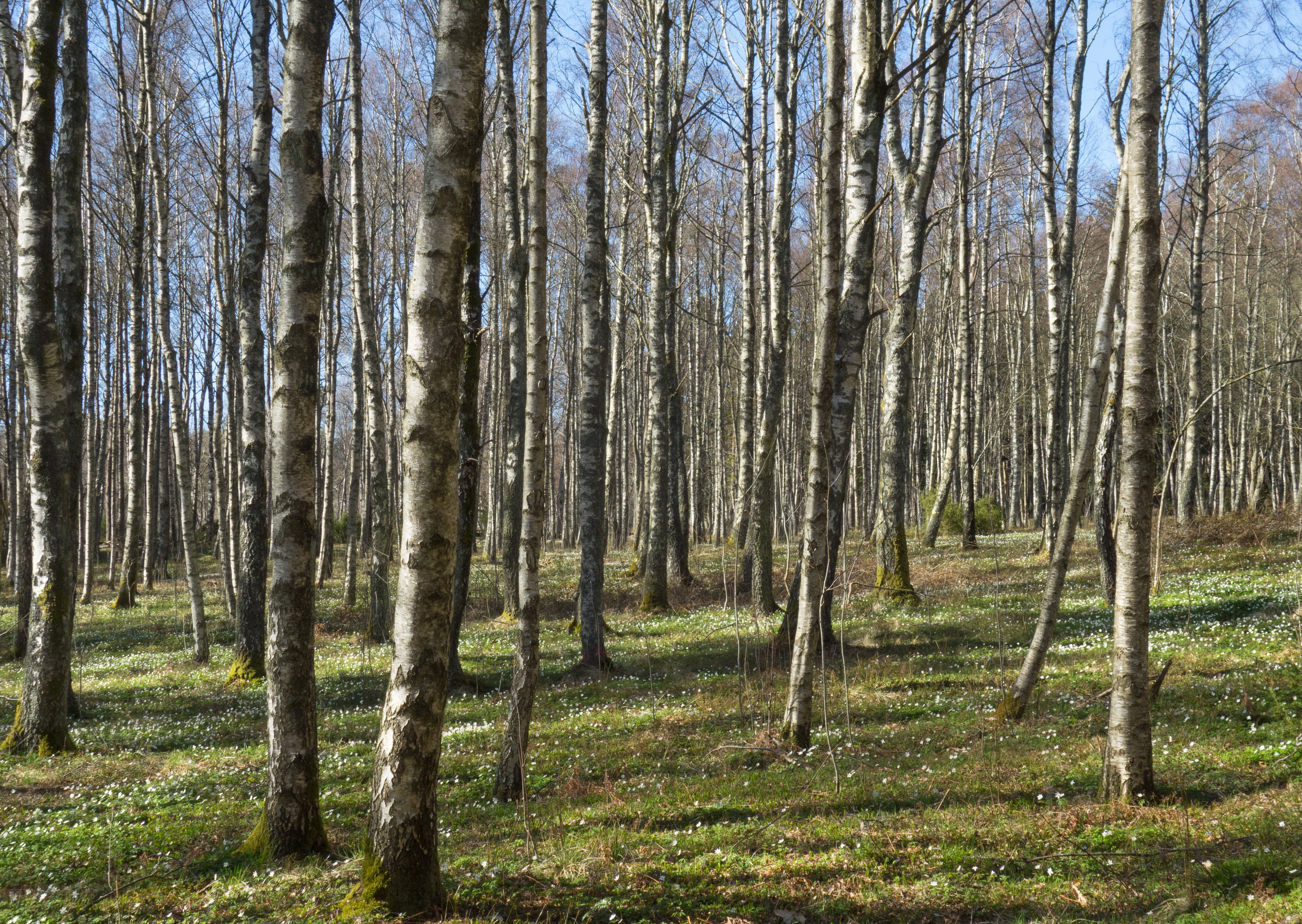Betula pendula Roth
French: bouleau verruqueux
German: Hänge-Birke, Sandbirke, Weißbirke, Warzenbirke
Italian: betulla bianca
Etymology of Latin species name: pendula = hanging, as its branches droop
Where it grows
The silver birch occurs naturally throughout most of Europe: from the Iberian Peninsula, Italy and Greece up to Scandinavia. It is also present in central-northern Asia, from Caucasus through Siberia, up to China and Japan. This birch grows at sea-level in its northern range and at up to 2,500 m above sea level in Asia Minor. Silver birch prefers cold climates and it is more abundant in the boreal zone, where it can be the dominant forest species.
What it looks like
The silver birch is a medium-sized tree, growing to 15-25 m in height, only exceptionally it can reach 30m. It develops slender trunks with diameters under 40 cm. Silver birch commonly lives for 90-100 years, and more rarely up to 150 years. The bark of mature trees is silvery-white, with horizontal fissures. Leaves are triangular with toothed margins and ending in a pointed tip. The foliage is pale green and turns to yellow and brown in autumn. In summer catkins of male flowers release yellow pollen. The catkins of female flowers are shorter, and, after wind pollination, they develop into cylinder-shaped fruits formed from hundreds of winged seeds, which are dispersed by wind.
Uses
The silver birch commercially is one of the most important sources of hardwood in northern Europe. It is fast-growing and tolerates low temperatures, infertile soils and water deficit. For these reasons, it is widely planted primarily for wood production, but also for revegetation, land reclamation and erosion control. The light and porous wood has numerous uses: pulp for paper, plywood, veneer, timber, furniture and firewood. For its pleasant colours, silver birch is commonly planted in urban areas, roadsides and parks.
Did you know?
- Birch sap can be tapped and consumed, either fresh as a tonic, fermented (birch beer or wine), or concentrated into a syrup.
- Medicinal properties of birch have been noted since the medieval period; leaf or bark decoctions have diuretic, anti-rheumatic and anti-fever purgative properties.
- This tree is considered holy and revered by Celtic and Germanic tribes, for having sacred powers of renewal and purification.
Check out the European Atlas of Forest Tree Species. It has much more information about silver birch and many other tree species in Europe's forests.

Distribution map of silver birch in Europe. Source: Caudullo et al. 2017 - CC-BY 4.0.

Triangual and toothed leaves of silver birch. © S. Rae, Flickr - CC-BY 2.0

Cylinder-shaped mature fruits of silver birch, which are formed from hundreds fo winged seeds. © Giovanni Caudullo, Wikimedia - CC-BY 4.0

Frozen silver birch on Velvet Hill near Berwyn (Wales, UK). © Andrew, Flickr - CC-BY 2.0

Silver birch forest with flowering wood anemones in sping (Gullmarsskogen nature reserve, Lysekil, S-W Sweden). © W.carter, Wikimedia - Public Domain

Silver birch sap tapped into a plastic bottle. © Ornitolog82, Adobe Stock

